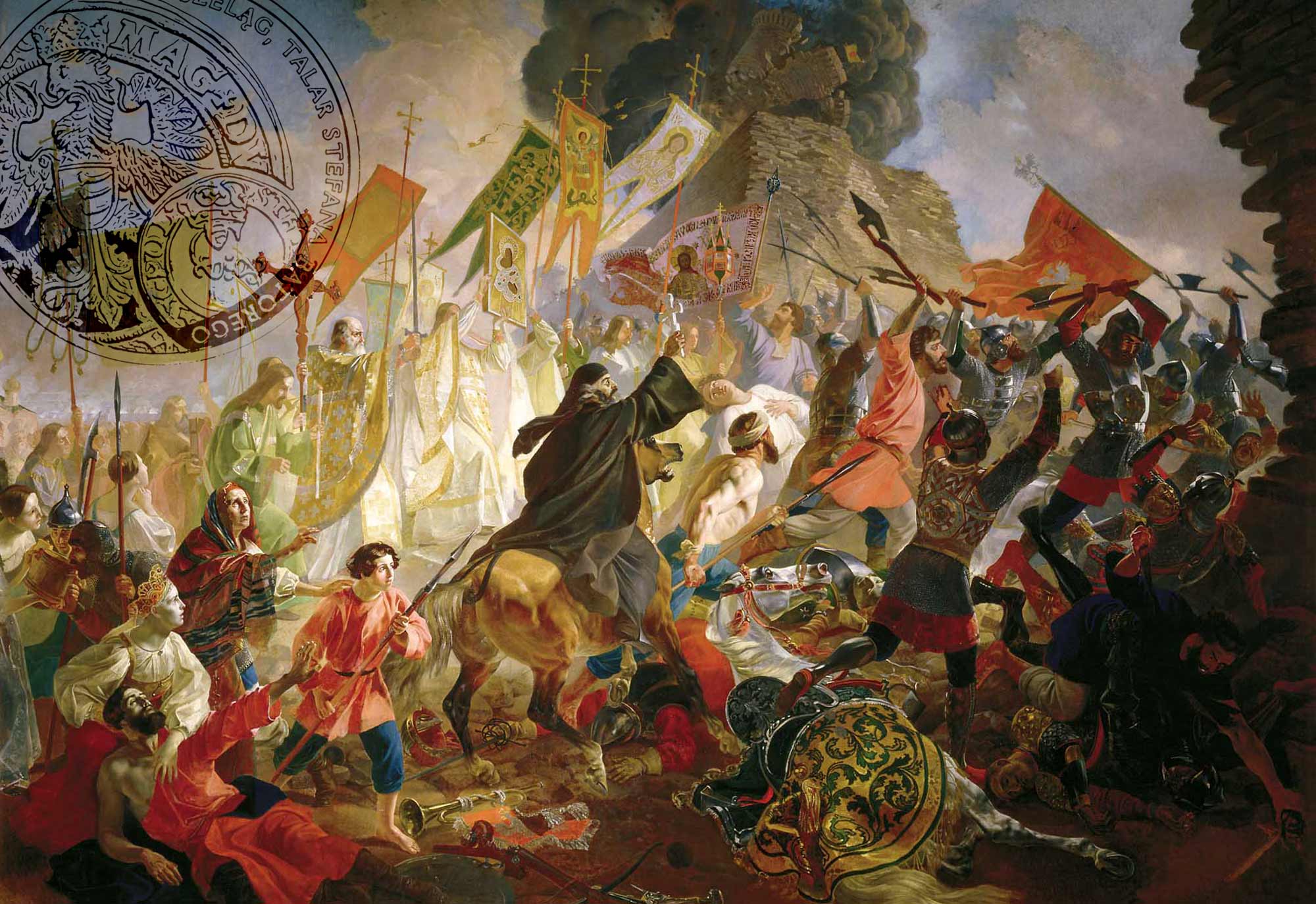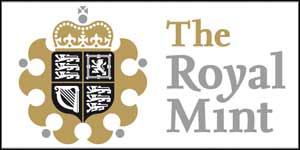History of Polish Coin series continues with the 16th century Thaler of Stephen Bathory.
Another one of those fine coin series that simply doesn’t get the recognition it deserves is this excellent one from the Narodowy Bank Poland (NBP), the Polish National Bank. Called History of Polish Coin, it looks at the history of Polish numismatics in the best way possible – using numismatics. Now on its tenth release since the range debuted in 2013, there are generally two releases every year, although 2014 and 2015 saw three, with two more due in 2017. Coins 1-3 cover the denarii of the three Boleslaws, 4-8 the bractreate and the grosz of the Middle Ages, and 9 onwards the coins of the Polish Commonwealth from the 16th to the 18th centuries.
Each coin looks back at one of Polands rulers, mostly those who had a direct influence on the national currency, and features one of their most iconic issues. The face of the original is reproduced in part or in whole on the same side of the new coin. In many cases additional artwork is incorporated around the reproduction if there is sufficient room to do so on the particular design.
The first launch, a coin of Boleslaw II the Bold, was from 1076, but after ten issues we’ve now snaked our way through time to the 1580’s and the reign of Stephen Bathory. If you recognise the last name, it will be because it was also the surname of Countess Elizabeth Bathory, the mass murdering inspiration for Countess Dracula. Still acknowledged to be the biggest female serial killer in history, she was King Stephen’s niece and clearly wasn’t playing with a full deck.
2016 HISTORY OF POLISH COIN: THALER OF STEPHEN BATHORY
The design of this release features enlarged reproductions of the sixteenth century original, cropped to fit, and looks excellent. The bank has provided an excellent description of the history and design which we’ve reproduced below, but suffice to say the coin is a fine look at this tumultuous period in Eastern European history. The obverse face has managed to reproduuce two original coins, a thaler and a schilling. The reverse has gone with a larger scale revisiting of the thaler alone, the small inset coin part of the design being given over to all the modern elements that make a coin issue legal tender.
This coin is designed by one of our favourite designers, Urszula Walerzak, responsible for such brilliance as the Fortuna Redux and many others of the Mint of Poland’s dimensional series of coins. Like all their coins, this one is struck by the Mint of Poland (Mennica Polska) as the Narodowy Bank has no capability to do it themselves. Packaging is very neat and compact, much like Monnaie de Paris and Mint of Austria coins that eschew bulky boxes for smaller and more uniform storage options. Those will bigger collections will appreciate this immensely. At a standard ounce of sterling (0.925) silver, there’s nothing extraordinary about the specification, and the mintage is high at 20,000, but the design is everything and it’s another good one in our view.
Available to buy now, Pela-Coins has them up for just over fifty US dollars, which seems a good rate for a European numismatic of this size. Definitely an interesting series and one we’ll likely do a Coin Series Profile on very shortly. As we said, there will be two new coins next year to bring the series up to twelve entrants. They will be 100 Ducats of Sigismund Vasa, which will debut next July, and the Thaler of ladislas Vasa, which will launch next December.
SPECIFICATION
MINTS DESCRIPTION
The reign of Stephen Báthory (1576–1586) brought a further modifcation and development of the minting system. New minting regulations issued in 1580 played a pivotal role in its formation. In the regulations, the king decided to establish a Polish-Lithuanian monetary union and to mint harmonized monetary units in both parts of the Polish-Lithuanian Commonwealth.
The coins that were introduced included, among others, the thaler, the trojak (three grossi), the grosz and the schilling (szelag). The first and the last of these coins are particularly noteworthy. That is because the thalers had until that time been very rare and the schillings were only known in the lands of Prussia. For this reason, we have selected both of these coins for presentation in our series.
On the obverse of the thaler minted in Olkusz we see the half-length figure of King Stephen Báthory with a crown on his head, in full armor, with a sceptre and
a sword in his hands. On the sides there is the divided date: 15 – 80, and in the rim there is an inscription: +STEPHANVS+D+G+REX+POLONIÆ+. On the reverse, there is a crowned Eagle with a small shield on the chest, with the coat-of-arms of the House of Báthory – wolf’s teeth. In the rim, there is an inscription: MAG[nus]+DVX+ LITVA[niæ]+RVSSIÆ*PRVS[siæ]MASO[viæ]&C[etcetera]*. We are therefore informed that the coin was minted by Stephen, by the grace of God King of Poland, Grand Duke of Lithuania, Ruthenia, Prussia, Masovia etc.
Against the background of the reverse of this largest silver monetary unit, we present the smallest and most common monetary unit, that is the schilling. On the obverse, it carries a decorative letter S under the crown – a monogram of the king’s name. A miniature coat-of-arms of the House of Báthory was placed in the top arc of the letter. In the rim there is an inscription: ·STEPHA[nus] · D[ei] · G[ratia] ·REX·POL[oniæ]. On the reverse of the schilling (not visible on our coin) beneath a royal crown there are two shields with the coats–of-arms of Lithuania and the Crown of Poland. In the rim there is an inscription: ·SOLIDVS-·REG[ni]·POL[oniæ]·15–80. It is therefore a schilling of the Kingdom of Poland.
Due to the lack of space, it was not possible to present both historical coins in full on the present coin. In addition, it was also necessary to add an imprint with the state emblem, the name RZECZPOSPOLITA POLSKA, the date 2016 and the face value of 20 złoty, and an explanatory inscription “SZELĄG, TALAR STEFANA BATOREGO” (The schilling and the thaler of King Stephen Báthory) on the other side of the coin.
Stanisław Suchodolski











Leave A Comment